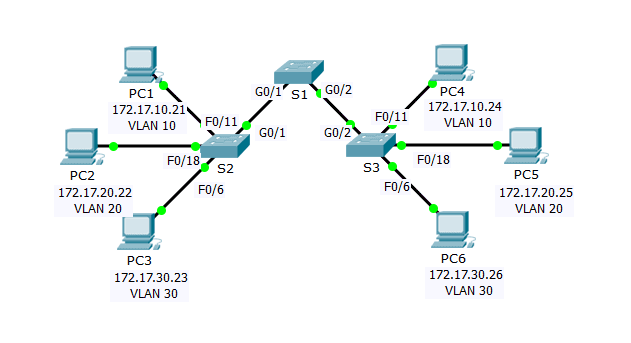
R1(config-rtr)# eigrp router-id 1.1.1.1 R2(config-rtr)# eigrp router-id 2.2.2.2 R3(config-rtr)# eigrp router-id 3.3.3.3 Step 4: Using AS 1, configure EIGRP for IPv6 on each interface. R1(config)# ipv6 router eigrp 1 R1(config-rtr)# no shutdown R2(config)# ipv6 router eigrp 1 R2(config-rtr)# no shutdown R3(config)# ipv6 router eigrp 1 R3(config-rtr)# no shutdown Step 3: Assign a router ID to each router. Issue a command that will enable EIGRP for IPv6 routing in R1, R2 and R3.Įnable the EIGRP process on all routers and use 1 as the Autonomous System number. The IPv6 routing process is shutdown by default. R1(config)# ipv6 unicast-routing R2(config)# ipv6 unicast-routing R3(config)# ipv6 unicast-routing Step 2: Enable EIGRP for IPv6 routing on each router. Part 1: Configure EIGRP for IPv6 Routing Step 1: Enable IPv6 routing on each router.

The EIGRP for IPv6 routing process uses a “shutdown” feature.With EIGRP for IPv6, a router-id is required on each router or the routing process will not start.EIGRP for IPv6 is configured directly on the router interfaces.There are a few major differences between them: You will also assign router IDs, configure passive interfaces, verify the network is fully converged, and display routing information using show commands.ĮIGRP for IPv6 has the same overall operation and features as EIGRP for IPv4. In this activity, you will configure the network with EIGRP routing for IPv6. Part 2: Verify IPv6 EIGRP for IPv6 Routing Scenario 6.4.3.4 Packet Tracer – Configuring Basic EIGRP with IPv6 Routing Addressing Table Device


 0 kommentar(er)
0 kommentar(er)
